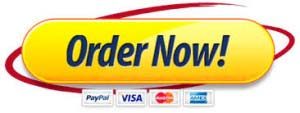Commitment to Professionalism. Due by Day 7. As leaders in early childhood education we are in the unique position of creating partnerships with the community, organizations, and local government in an effort to promote the needs of the children we are serving. Through a program’s daily operation, we are witnesses to the specific issues that are facing the children, families, and community in which we work. When we highlight and broadcast these issues and advocate for a community’s needs, we are also advocating for increased awareness of the value and professionalism of the field of early childhood education. When we participate in advocating in our field we are further demonstrating that we are professionals that deserve to be valued and respected.
After reading the week’s text, write a reflection in two parts:
- Part I
Identify the focus of your advocacy efforts and give an example of an issue you would like to address as an advocate.
- Identify one individual or group (local policy maker, state-level legislator, corporate leader, etc.) that you can contact for support of your issue and provide a rationale for choosing this individual/group.
- Describe the strategies you would use to gain the support needed for this issue through individual advocacy.
- Describe the strategies you would use to attract the support needed for this issue through collective advocacy.
- Create two talking points (as discussed in Chapter 13) using one concrete example (refer to key term in chapter reading for precise definition) for each point to demonstrate the importance of the issue.
- These talking points should be appropriate to use when talking to legislators or the media about the issue for which you are advocating.
- Part II
Create a Commitment to the Profession Statement. Remember, this is a draft that will continually be revised and modified as new information is acquired. Address the following:
- Describe how you will advocate on behalf of young children, their families, and the profession.
- Describe how you will support the development of future practitioners and leaders in the field.
- Refer to Figure 13.1 “A Professional Continuum” and describe how your efforts will support the field away from unskilled workers and toward paradigm professionals.


